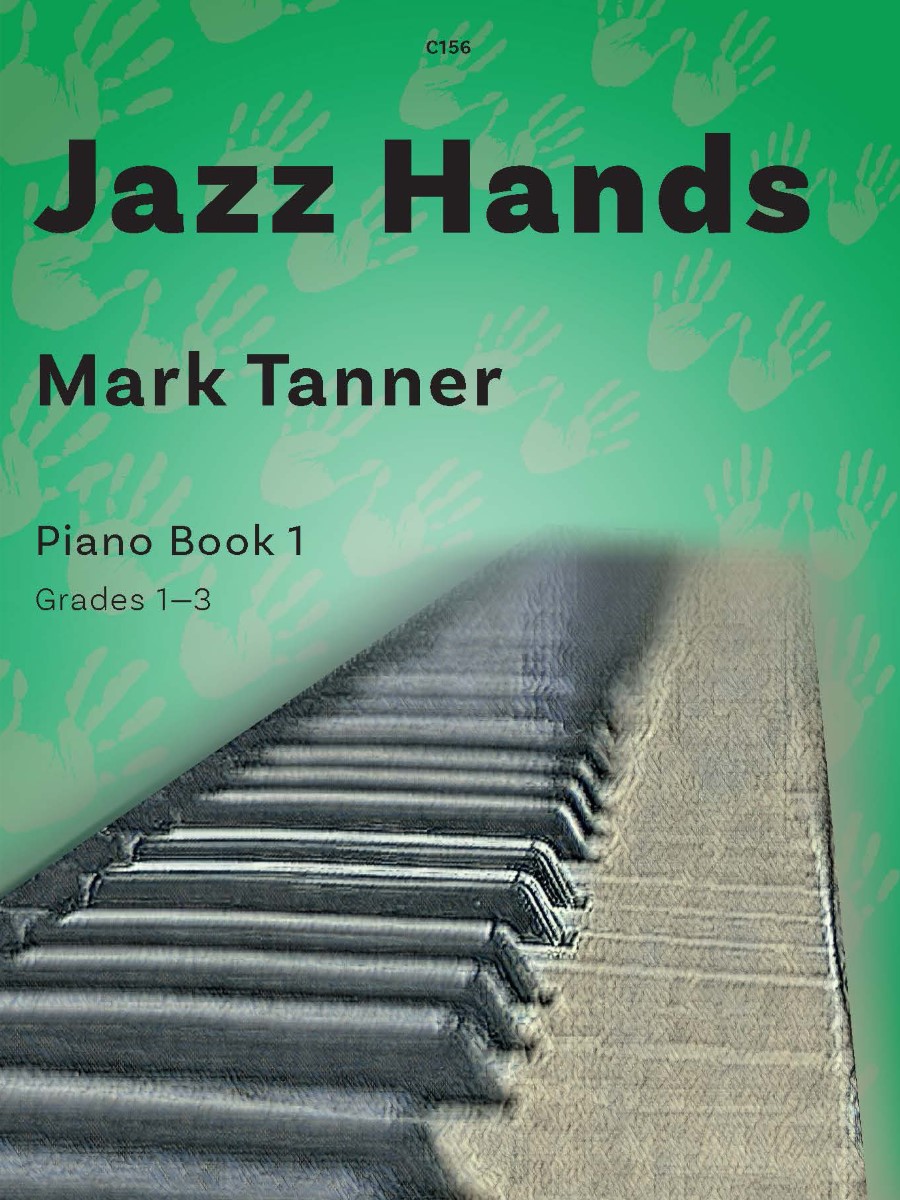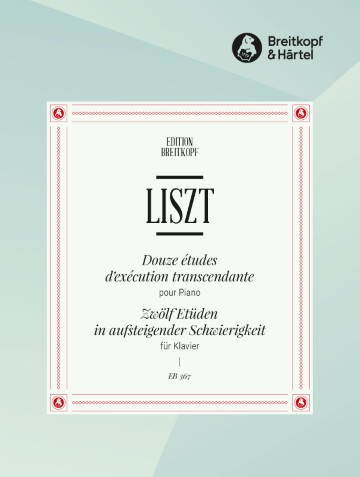Jazz Hands Piano Book 3
11 Jazz Pieces for Classical Players

| Product Code: | 979-0-570-81158-8 |
| ISMN: | 979-0-570-81158-8 |
| Publishers Number: | C158D |
| Series: | Jazz Hands |
| Difficulty: | Grades 5 – 7 |
| Published date:: | 20230601 |
| Language: | English |
| Condition: | New |
2. Take it in your Stride
3. Inspector Clouseau
4. Ticketyboo
5. Jim Nobody
6. Five Apples in a Bucket
7. Square Fish in a Round Bowl
8. Peter Piper Picked a Pickled Pepper
9. Parallel Universe
10. Pause for Thought
11. An Apparition
As well as having published over 70 volumes of compositions, transcriptions and arrangements with various publishing houses, Faber have published six books/repertoire volumes, including The Mindful Pianist (also published in Chinese) and The Piano in Black and White, the latter pitched at the independent adult learner. Mark has published around 50 feature-length ‘Masterclass’ articles for Pianist Magazine and has written hundreds of reviews and articles for a number of leading music publications. He has also published two books on mindfulness for Leaping Hare Press: Mindfulness in Music (also published in Spanish) and Mindfulness in Sound. Mark holds a PhD and Honorary degree from the Royal Birmingham Conservatoire.
He is a member of Mensa, a Fellow of the Royal Society of Arts and is a veteran adjudicator for B.I.F.F. For ABRSM Mark has examined grades and diplomas for 20 years, having undertaken nearly 50 international tours to all continents. He has also adjudicated the keyboard section of the BBC Young Musician.
Jazz Hands Piano Book 3: The title of this series, 'Jazz Hands', derives from the familiar exuberant gesturing seen in music theatre – fingers spread and…
The term ‘jazz’ has been adopted and adapted in a multiplicity of ways (not unlike ‘classical’, indeed), so that it no longer tells us very much about the music itself. Aficionados immediately recognise the better-known subgenres, such as ‘bebop’ or ‘New Orleans’ styles, and may even be able to distinguish ‘smooth’ from ‘groove’, or ‘fusion/crossover’ from ‘Postmodern’. And yet these are just labels, not music. In an understandable bid to define all that we hear using such terminology, we may inadvertently place a straightjacket around the music itself, and hence close the door to the possibility of encountering new, innovative jazz styles. Furthermore, the inescapably hefty contribution made by jazz forms to the music of Stravinsky, Debussy, Ravel and Kapustin, to spotlight just a few, clouds the picture irretrievably.
Thankfully, nonetheless there are ‘givens’ aplenty in jazz – ‘syncopations’, ‘back-beats’, ‘stabs’, ‘licks’ and ‘riffs’. In conjunction with these, we cannot fail to notice the presence of ‘colour-notes’ within the harmonies, alongside the ubiquitous use of jazz modes, typically the blues and diminished scales. The trouble is, that the task of setting down jazz in manuscript turns out to be somewhat troublesome – every bit as hard as when notating ‘straight’ styles. After all, good jazz playing, just like good Mozart playing, comes down to ‘feel’, not mere note regurgitation. While the character and impact of jazz music frequently depends upon a tempo which really ‘sits’ comfortably, it is its rhythmic lifeblood which resists the conventions of notation most stubbornly.
This explains, for example, why jazz composers often find themselves torn between writing dotted rhythms in 4/4 or crotchet/quaver patterns in 12/8. In truth, neither of these is the ideal solution, which is why the simple ‘swing’ marking, applied to pairs of plain quavers, is probably as good as any method. In practice, such couplets often appear ‘semi-dotted’, to achieve a wantonly lazy effect, assisted by a subtle emphasis on the second, rather than the first of each pair.
Another conundrum for jazz composers is to do with the ‘spelling’ of the fruitier chords (i.e whether to mix ‘n match sharps and flats, or endeavour to be more systematically ‘correct’), not to mention the difficulties in pointing out which note in any given chord is the most important, given its fleeting context within a piece. Ultimately, compromises need to be made, so a certain amount of reading between the lines becomes inevitable. Take grace notes, for example, a fairly indispensable expressive device for any jazz player. It may be that, initially at least, these seem to get in the way of crisp, rhythmic playing, but I would encourage the player to thread these in at the outset and allocate the most appropriate fingerings, rather than attempt to bolt them on at some later stage. This way, they will more likely appear natural and spontaneous. In both this and other matters the performer needs to be patient in fathoming what the composer was after, and should aim at all costs to avoid a prosaic, literal presentation. Ultimately, the music will only come to life when both composer and performer see eye to eye.
Previously Published by Spartan Press
Former catalogue number: SP1233
R.R.P 9.95
Our Price: 8.46
Digital Download – PDF
Shipping costs: No shipping
Other books in this series
You might also like
-
12 études d’exécution transcendante
£23.00 -
2 Counterpoint Studies according to J. S. Bach
£26.00 -
3 Album Leaves K 289
£11.00 -
6 Etudes after Paganini
£14.00








